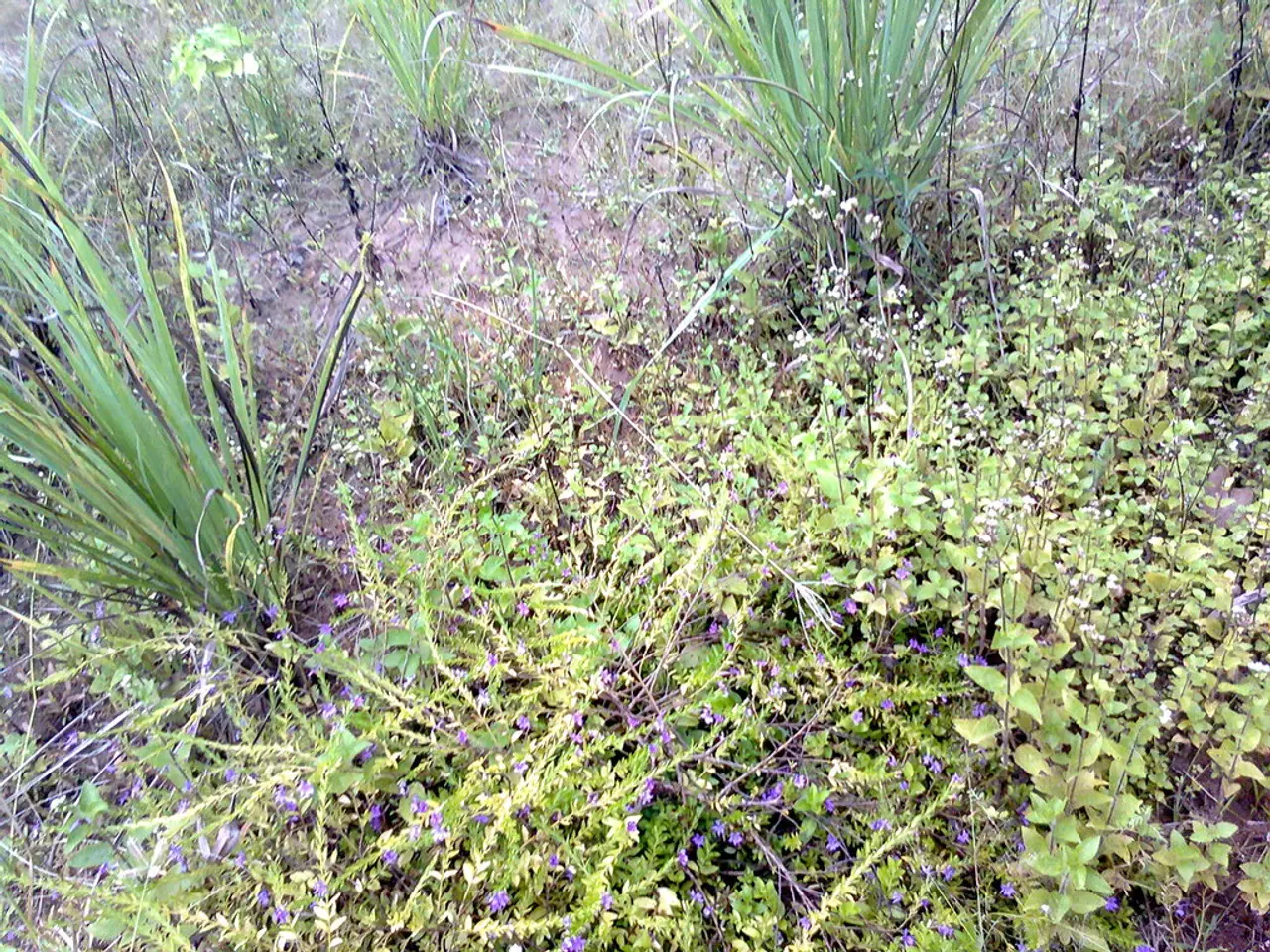Potential identification of a rocky, Earth-like planet, including an atmosphere, located at a distance of 41 light years away from Earth.
Scientists are one step closer to understanding the potential habitability of a distant Earth-sized planet, thanks to recent observations made by the James Webb Space Telescope (JWST).
Led by Néstor Espinoza from the Space Telescope Science Institute, the research team has been investigating the atmosphere of Trappist-1e, a planet situated in the habitable zone of its star. The team's aim was to determine if this rocky world, which is approximately 41 light years away, has an atmosphere that could support life.
The planet has been observed by JWST on four separate occasions between June and October 2023, and additional 15 transits are underway, with the observations scheduled to be completed by the end of 2025.
The findings, published in two new studies in the journal Astrophysical Journal Letters, suggest that Trappist-1e may have a thick atmosphere with a sufficient greenhouse effect, or it could be a bare rock with no atmosphere at all.
If Trappist-1e has an atmosphere, it would be the first time a rocky planet in the habitable zone of another star has been found to have one. The habitable zone, a region around a star where temperatures allow for liquid water to exist on a rocky world, is partly defined by the range of temperatures generated by heat from the star.
The results for the three innermost planets, Trappist-1b, Trappist-1c, and Trappist-1d, however, suggest they are bare rocks with thin atmospheres at best.
To establish whether or not Trappist-1e is habitable, measurements of greenhouse gases like carbon dioxide and methane are needed. If these gases are present in significant amounts, it would provide strong evidence for the presence of an atmosphere and potentially, liquid water on the planet's surface.
The JWST telescope has been conducting a systematic search for atmospheres on the Trappist-1 planets since 2022. The findings are significant, as rocky exoplanets are abundant in our galaxy, with many discovered in the 2010s by the Kepler and Tess space telescopes. Most of these planets orbit red dwarf stars, which are cooler than the Sun.
Hannah Wakeford, Associate professor at the University of Bristol, and Ryan MacDonald, Lecturer in Extrasolar Planets at the University of St Andrews, were involved in the study. The team used a unique strategy for the follow-up observations, aiming to better "trace out" the hot and cold active regions on the star. This allowed for a unique determination of any excess absorption of gases caused by the planet's atmosphere.
If confirmed, Trappist-1 e would be the first rocky, habitable zone planet known to host an atmosphere. Within the next two years, we should have a much better picture of how Trappist-1e compares to rocky planets in our solar system.








